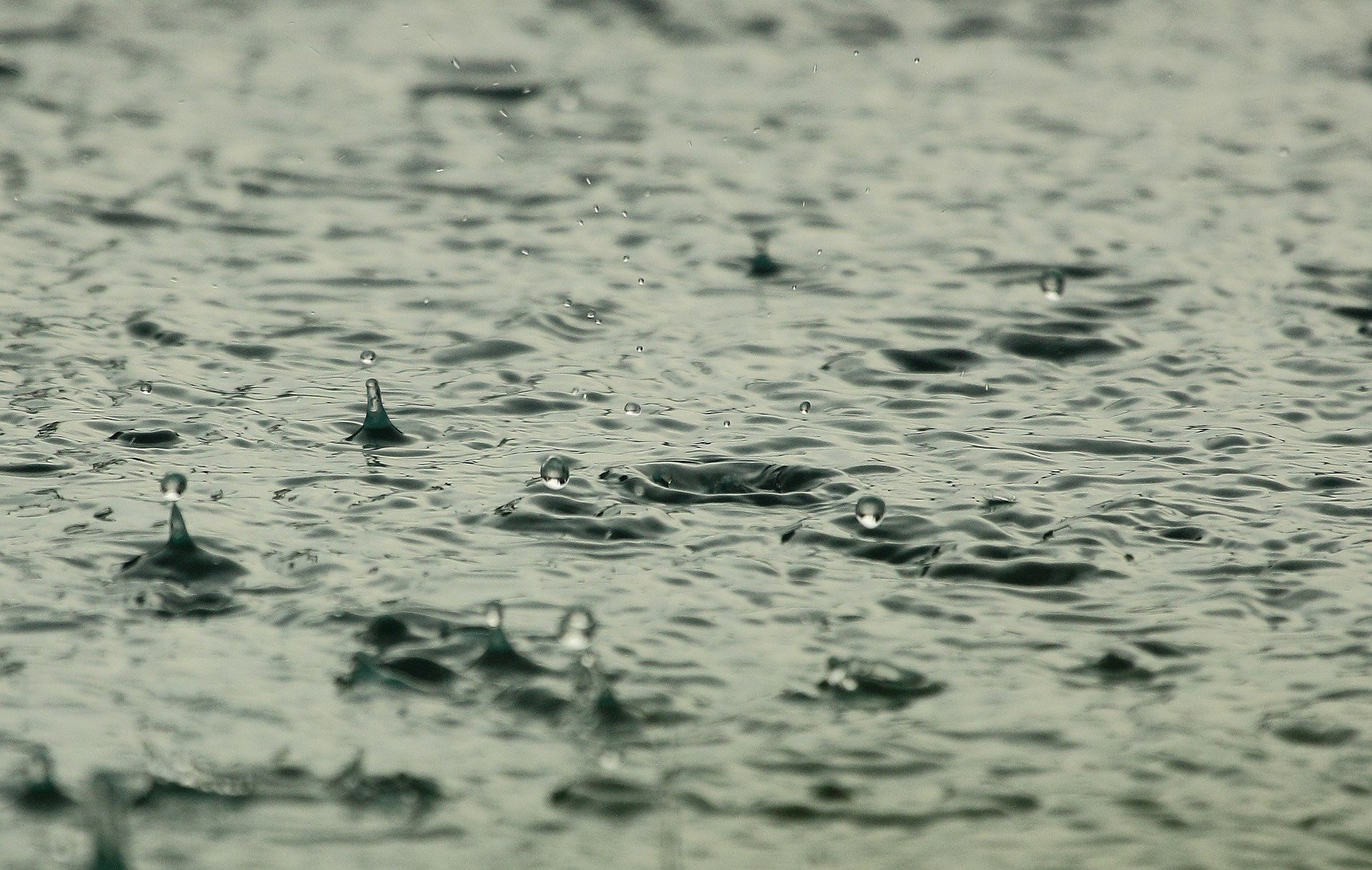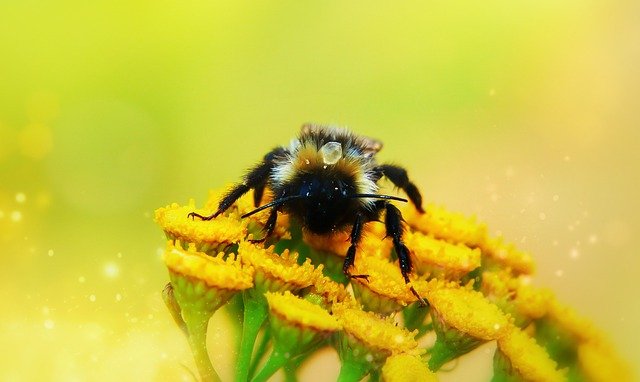The merry month of May, the time of sunny days, summer mood, and outdoor activities. This year, however, the weather turned the merry much more into a dreary … Rain, the cold, wind, and even more rain shaped the appearance of the normally bright and warm spring month. The few days on which it has not rained once this month can be counted on one hand. And you don’t even need your thumb… After the dreary winter, a rainy spring anyway and all the madness of our time, I was definitely not the only one looking forward to May. Finally be able to soak up the sun again, be outside and enjoy nature. Unfortunately, nature saw things differently this year. That gnaws at the mind. And not just with us humans. The displeasure with this weather situation is also clearly noticeable among the bees.
For the bees, May and June are usually the high points in their annual development. The number of worker bees, the number of honeycombs built and the size of the brood nest reach their maximum at the summer solstice. As early as May, the colonies were literally bursting at the seams. Spring blossoms in an ocean of thousands of different colors and the hard-working insects find nectar and pollen everywhere. Now is also the time for swarms of bees. The hives split and form young colonies. It is the time of pure joie de vivre for both bees and beekeepers.

But this year the bees could hardly participate in nature’s rich table. The innumerable flowers of spring, such as apple blossom, dandelion, and rapeseed, were not visited on many days due to the heavy rain. As a beekeeper, you can tell that the bees were not in a very good mood about this situation either. The otherwise peaceable ladies greeted everyone who dared to go too close to the flight hole, stinging and grumbling.
But what exactly do the bees do when it rains? Why can’t they fly out when it rains and pollinate the flowers and collect nectar? What actually happens to a bee that is surprised by the rain during its excursion?
There is a baffling answer to the last of these questions: Bees cannot get wet when it rains. When the raindrops rain down from the sky, they really pick up speed. The heavy drops of water race towards the ground. In doing so, they displace the air that is below them and create A pressure wave: This pressure wave may seem insignificant and minimal to us humans. For the light bees, however, the world looks very different. The pressure wave that a falling drop of water pushes under it is sufficient to displace a flying bee. So if a drop of water approaches a flying bee, the pressure wave will throw it away before the drop of water can touch it. A flying bee cannot get wet in the rain. Isn’t that amazing? Since the bees are surrounded by countless raindrops in a rain shower, they are thrown around from one pressure wave to another pressure wave. A coordinated flight is not possible under these conditions. The bees use a large amount of energy to keep their trajectory halfway upright. Therefore, flying bees that are surprised by the rain shower usually look for a safe place to hang out until the weather gets better again.

But with the non-flying bees, those that sit on a flower, on a leaf, or on the ground, the natural rain protection unfortunately no longer works. These bees have a firm hold and feel the full power of the water drop. The unfortunate specimens that get a raindrop directly are bathed fully in the cold water. In this state, they are initially unable to fly. They will have to wait for the sun to dry them up completely before they can continue their onward flight.
Still, light rain is nothing to keep the bees from flying out and visiting blossoms. In fact, you can still see them in the rain on their collective flights, at least when there is only light rain. The bees at the entrance hole fly in and out regardless of the wet weather. The bees can therefore continue to fly out even in light rain and complete their collecting flights. However, air traffic is significantly reduced. This is more due to the flowers themselves. Most flowers do not like rain either and close again when it rains heavily or for long periods of time to protect the precious pollen. And if there are no open flowers, then there is nothing to collect. Therefore, the bees do not fly out at all in heavy rain. At such times, the worker bees sit idly inside the colony and wait impatiently for drier times. It can get really tight in the beehive in such times. And the female workers who continue to work their inside work have more difficult working conditions in the bee colony due to the now very tight conditions, while the foraging bees just hang around lazily. No wonder that there is discontent and the bees are more irritable than normal.
For this reason, you should be particularly careful in rainy weather not to go too close to the bees‘ entrance hole. As a beekeeper, you should also avoid looking into the skeps and beehives in such weather. Not only because the bees will then clearly show you that this is the wrong time. We would certainly not find it funny ourselves if someone took the roof off our house and let the rain into our rooms.

Text: Fabian Kalis
Photo credits: Roman Grac from pixabay.com, Steve Buissinne from pixabay.com, Krzystof Niewolny from pixabay.com